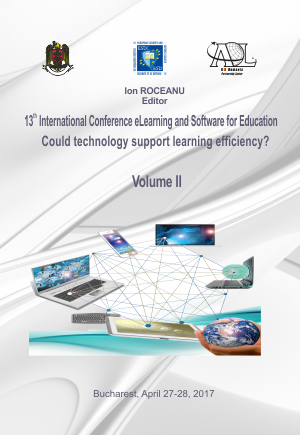ACTING LIKE A HISTORIAN IN A TECHNOLOGY BASED CLASS
ACTING LIKE A HISTORIAN IN A TECHNOLOGY BASED CLASS
Author(s): Nicolae Hurduzeu, Dana CrăciunSubject(s): Social Sciences
Published by: Carol I National Defence University Publishing House
Keywords: ICT; history; role play; cartoons; teaching and learning.
Summary/Abstract: Current students are surrounded by ICT since an early age, being used to communicate, collaborate and access short informations, generally presented in a visual form. In this context, education should take into account both the informal preconceptions/knowledge of students and their previously acquired competencies, their learning style based on visuals, their need to communicate and collaborate in the virtual environment. There are many strategies one can adopt to encourage students to study history. Perhaps, one of the most effective strategies in the context described above is one in which students are asked to "act as a historian" using specializedresources and applications. This role play would greatly benefit from the access to information as well as the collaborative and presentation advantages offered by modern technology. Examples of research questions that can serve as a basis for authentic learning activities are: What information can be extract by analyzing a historic drawing/cartoon? How can a photograph be analyzed from a historic viewpoint? How can the research results be presented in the virtual environment and in visual form using specialized applications? On the one hand, visual representations such as drawings, cartoons, photographs or posters are historical sources investigated by the students and on the other hand, said representations can serve as a way through which students can transmit their knowledge. Thus, we speak both of a digitization of historical resources and the study and interpretation of such means, the use of open educational resources or of various information media and the intertwining of the virtual environment with the historic reality in class. Our study presents the way in which digital cartoons, mind maps and other specialized web applications for generating visual representations can be used to teach/learn history. We describe the applications andpossible learning activities based on them. We analyze the impact of using such applications taking into consideration that most of the examples have been developed by pre-service history teachers enrolled in the Teacher Training Program at the West University of Timisoara.
Journal: Conference proceedings of »eLearning and Software for Education« (eLSE)
- Issue Year: 13/2017
- Issue No: 02
- Page Range: 275-282
- Page Count: 8
- Language: English

